A microbial brew gobbles nutrients at Brewery Ommegang
The craft brewery's wastewater treatment keeps nutrients out of the Susquehanna
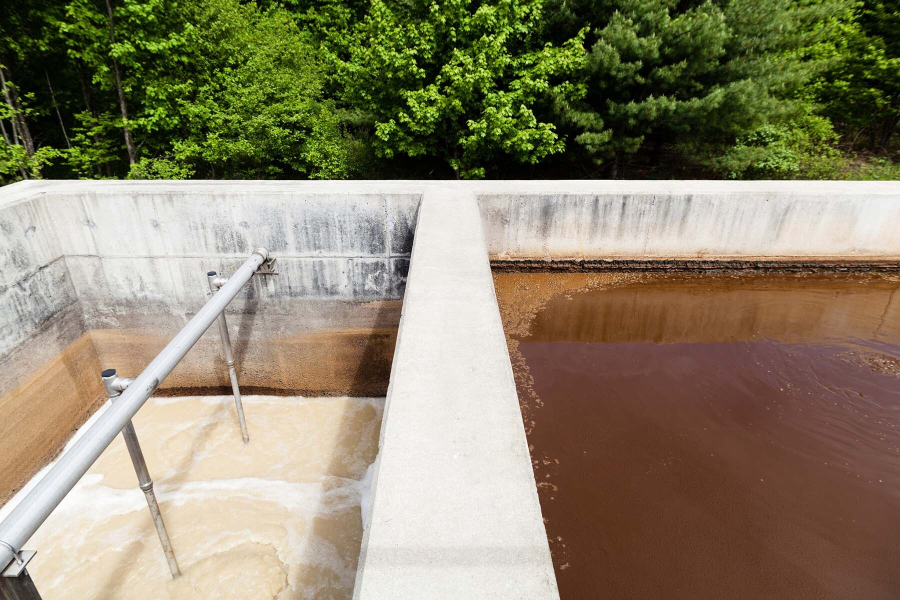
With gleaming silos and an expansive field of grass that doubles as a concert venue, Brewery Ommegang cuts a scenic profile against the lush forested hills of bucolic Cooperstown, New York. But just across the road, a nondescript concrete building is dedicated to a brew of a different sort. You can’t see it from ground level, but climbing a set of metal stairs reveals a dark amber surface calmly bubbling, releasing a pungent but recognizable aroma.
“You can smell the beer,” says Ommegang brewery manager Joe Poliseno.
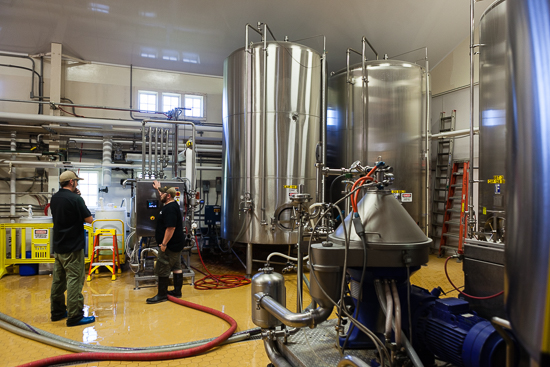
Standing directly above the 150,000-gallon aeration basin of Ommegang’s wastewater treatment plant does bring to mind the smell of skunked beer. It is the destination for a pipe that carries all the production waste from the brewery—municipal and human waste is handled differently. Like a miracle in reverse, this is where the leftovers of an alcoholic beverage are turned back into water.
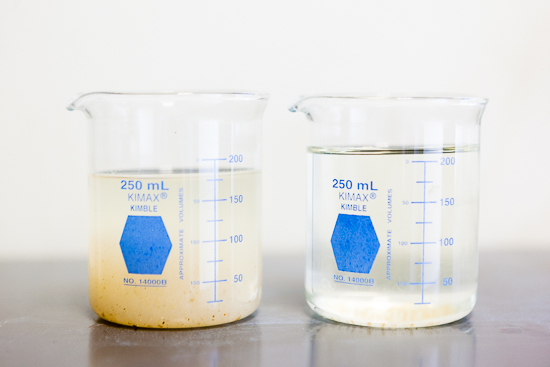
While yeast is fundamental to brewing beer, different microorganisms play a central role in breaking down Ommegang’s liquid waste. The process removes almost all the nitrogen and phosphorus from the water leaving the plant, keeping excess nutrients out of the Susquehanna River and the Chesapeake Bay.
“Usually it's 99.9 percent removal [of nitrogen and phosphorus],” Poliseno says. “That's pretty amazing—we meet our regulations and far pass them.”
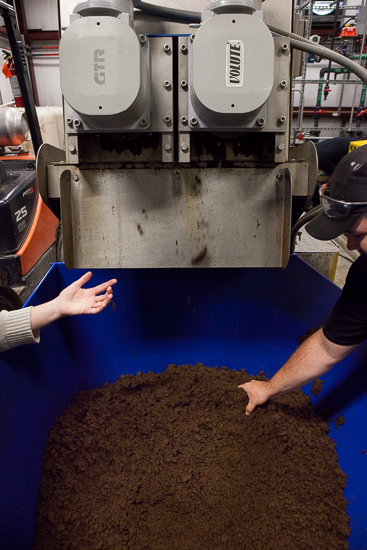
The fermentation that makes beer and other alcoholic beverages is an anaerobic process, meaning it has to occur in the absence of oxygen. The waste process, however, is aerobic. The large blowers deliver oxygen to an activated sludge made of living microorganisms. The sludge takes about eight days to cycle through the aeration basin’s membrane bioreactor that filters the wastewater.
The sludge is mostly bacteria but also tiny animals like rotifers and nematodes. As Poliseno describes it, he could be describing cattle rotated on fields of grass.
“All those hungry organisms will be brought right back to where the feed is so they can break down even faster, because they'll be super hungry at that point,” Poliseno says.
As the bacteria eat, they grow and reproduce. The excess sludge is pressed dry and harvested as a valuable biomass that farmers spread on their fields.
With all the work being done by microorganisms, most of the people power at the plant goes to lab analyses that keep the operation running smoothly.
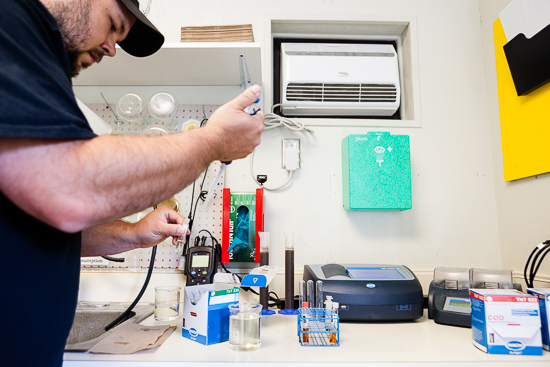
“I was surprised once I got into it, how much science happens here,” says Ommegang publicity manager Allison Capozza. “Brewing itself is very much kind of a combination of cooking and science.”
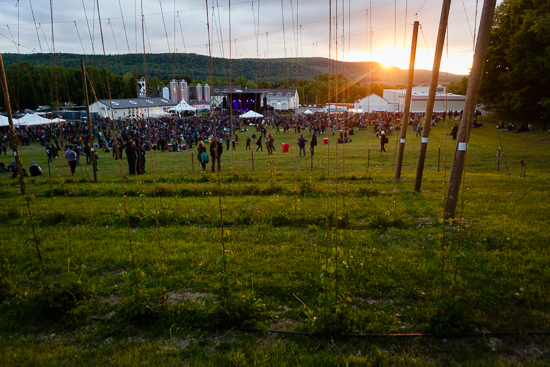
Capozza says that Ommegang’s location was determined in part by the fact that it is the site of a former hops farm, and also by the quality of the aquifer it sits on, which Ommegang taps with three wells.
“It’s just the most perfect water you could hope for, for beer,” Capozza says, standing on the edge of the grass. “For us, from a business standpoint it’s a no-brainer that we do everything we can to protect the water, because beer is 90 to 95 percent water.”
To view more photos, visit the Chesapeake Bay Program’s Flickr page
Photos and text by Will Parson

Comments
There are no comments.
Thank you!
Your comment has been received. Before it can be published, the comment will be reviewed by our team to ensure it adheres with our rules of engagement.
Back to recent stories